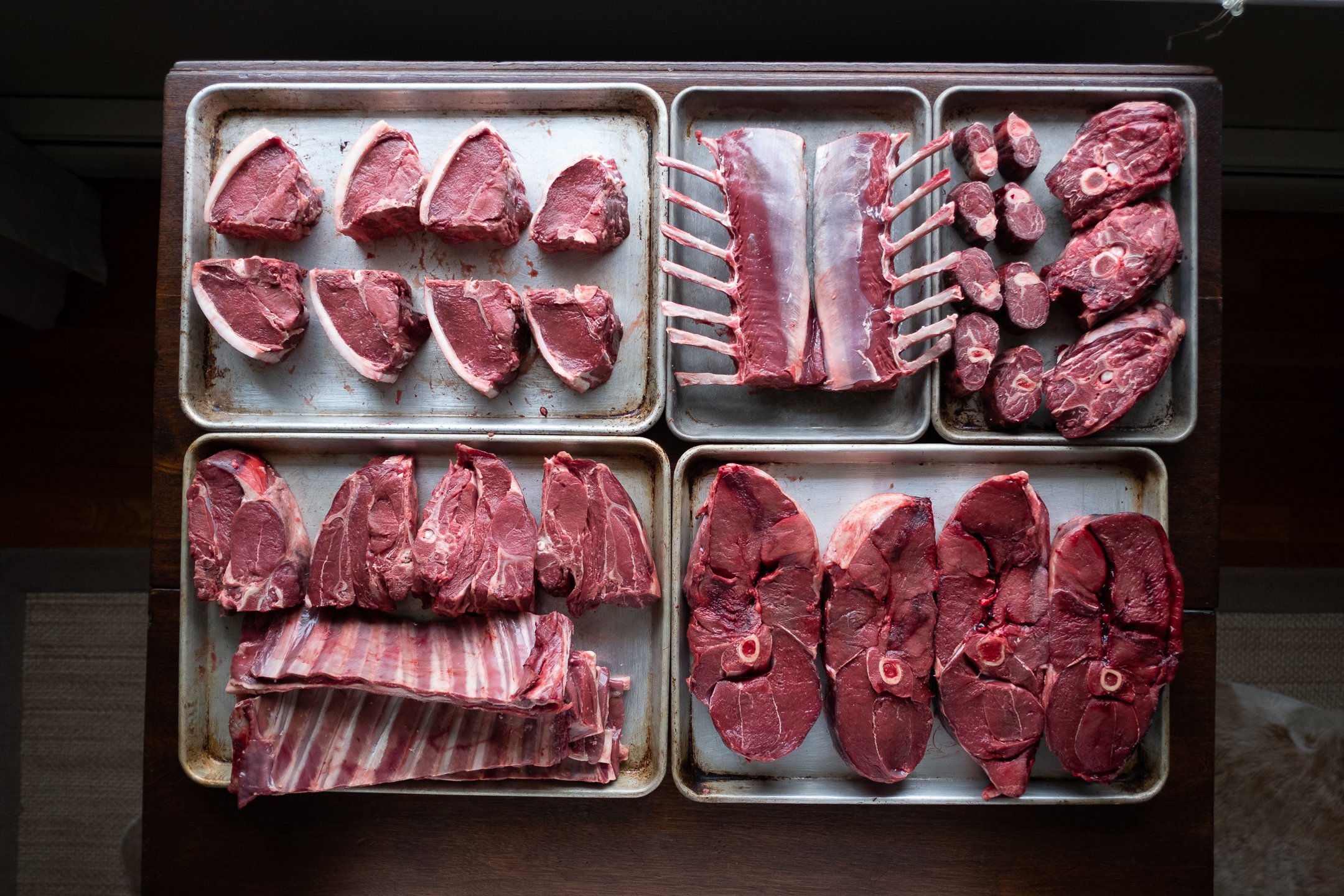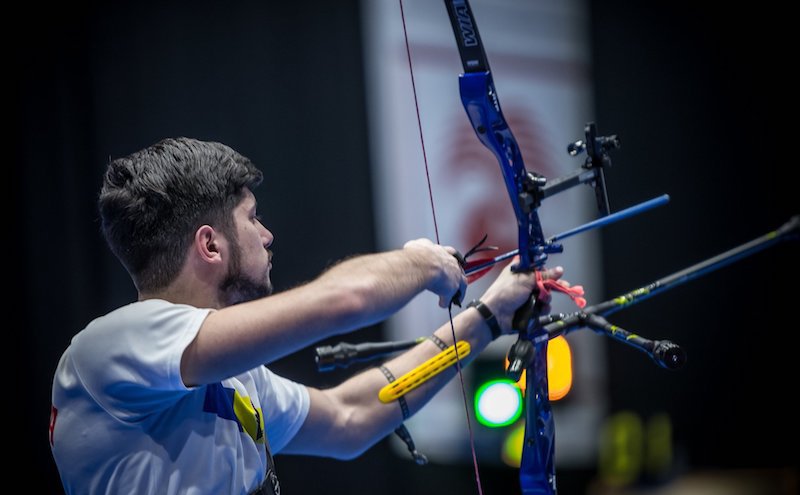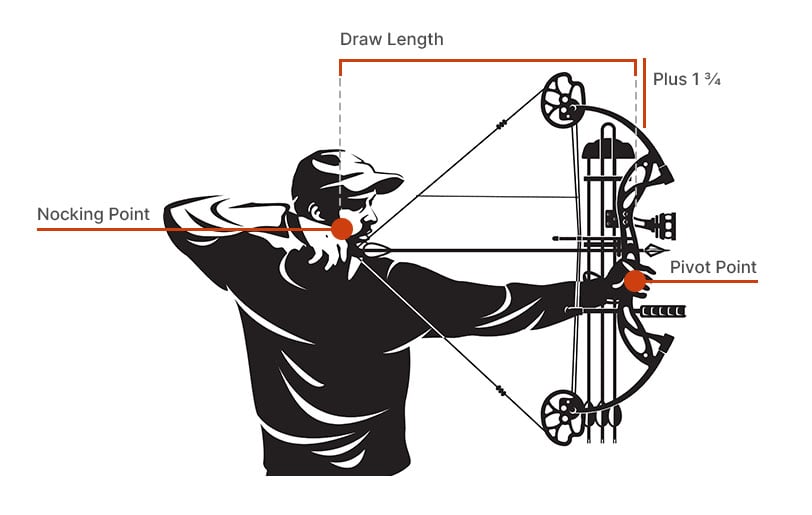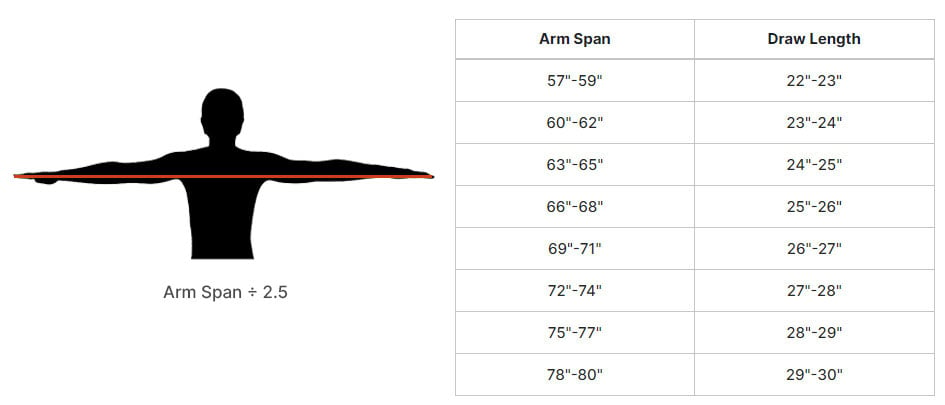
how to: deer processing kit
This comprehensive guide will walk you through everything you need to know about deer processing, including detailed butchering techniques, commonly overlooked aspects, and the importance of using a deer processing kit.
Jul 16, 2024 | by N Johansson

Have you been tirelessly practicing your archery but feel like you’re just not hitting your target? You might be overlooking a key factor—your draw length. Accuracy in draw length is critical, impacting not only your performance but also your comfort and safety.
Draw length refers to the distance your arms and shoulders move to pull the bowstring to its optimal point while maintaining correct archery form. This measurement is usually noted in inches and plays a crucial role in the consistency and accuracy of your shots.

Wrong draw length isn’t just a small hiccup; it can massively throw off your form, reduce your accuracy, and in the long run, lead to strain or serious injury. Whether the draw length is too long or too short, it obstructs your ability to anchor the bowstring consistently, making an accurate aim nearly impossible.
To ensure an accurate bow draw length measurement, you’ll need:
Draw Length Gauge: This handy tool clips to your bowstring and measures the angle from your bow riser to the nock point in inches, offering a highly precise measurement.

One simple yet effective way to measure your bow draw length is by using the Wingspan Method. Follow these steps:
Example: If your wingspan measures 70 inches, your estimated bow draw length will be 70 / 2.5 = 28 inches.
When you're aiming for precision, a draw length gauge is highly recommended for its accuracy. Here's how to use it:
Hint: Draw length gauges are typically available at archery shops, sports equipment stores, or online archery gear vendors.
Accurate initial measurement doesn’t mean immutable; adjustments might be necessary in various conditions:
For archers, optimizing performance starts with the right bow draw length. By mastering methods like the Wingspan and the Draw Length Gauge methods, you'll align your shots on target more organically.